Retirement should be a time of relaxation and enjoyment, but choosing the wrong location can make your golden years a financial burden. In this article, we explore 12 beach towns that, while picturesque, come with a price tag that could deplete your nest egg faster than the tides.
Malibu, California

Malibu, California, is a picturesque coastal city known for its stunning beaches, luxurious lifestyle, and celebrity homes. However, its beauty comes with a high price tag, making it one of the least economical options for retirement. The cost-of-living score stands at 161.7, indicating that expenses here are over 60% higher than the US average. Housing costs are particularly steep, with typical homes costing over $3 million and rentals for a two-bedroom unit averaging $3,320 per month. Malibu’s allure is undeniable, but it’s a luxury that comes at a significant cost.
Hilton Head, South Carolina
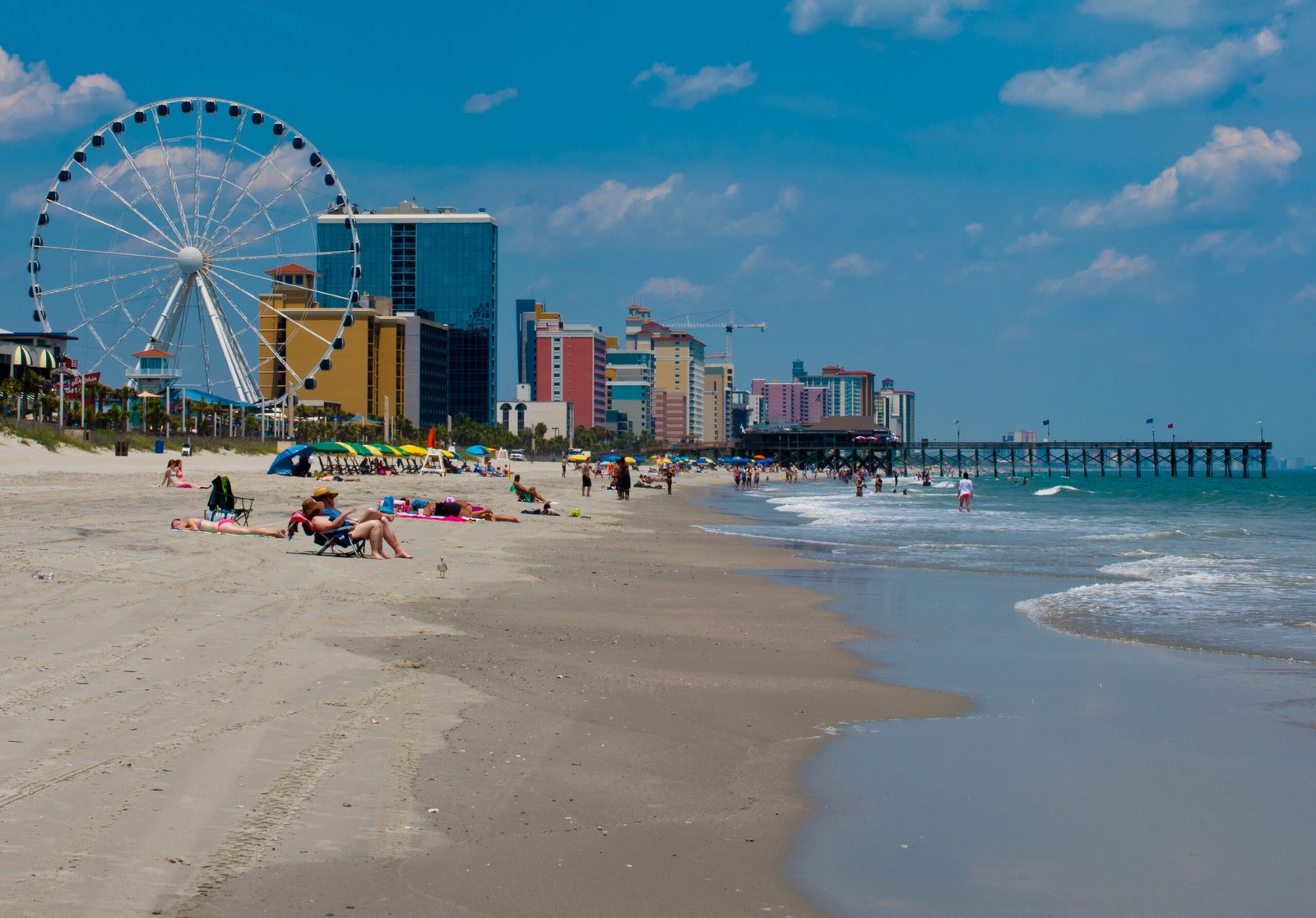
Hilton Head Island in South Carolina is a charming destination with warm weather and inviting beaches, making it a favored spot for retirement. However, the cost-of-living score is 104.3, 4.3% higher than the national average. A typical home on the island is priced at $724,900, which is significantly more than the national average. Renting a two-bedroom unit also comes at a premium, costing around $1,520 per month. A family would need an annual income of approximately $138,960 to live here comfortably, while a single person would need around $54,000.
Palm Beach, Florida
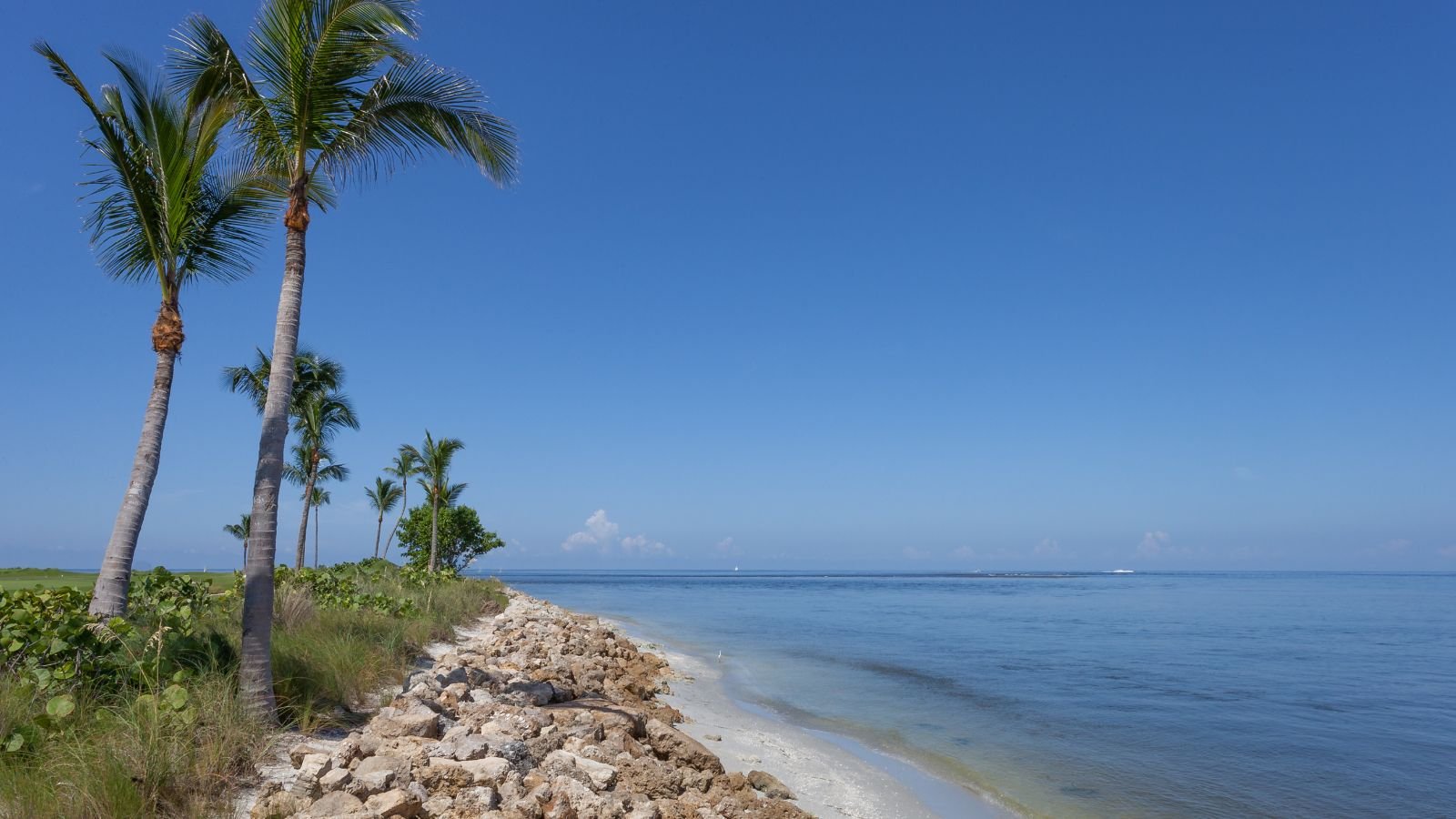
Palm Beach epitomizes the pinnacle of luxury with its opulent estates and high-end shopping avenues. The average home value is a staggering $2.1 million, reflecting the town’s status as a haven for the affluent. This exclusivity is mirrored in the cost-of-living index, which is 14.1% higher than the national average. While the median after-tax salary may seem substantial at $4717, it only covers living expenses for less than two months, underscoring the area’s high costs. Despite this, Palm Beach is still ranked highly for its quality of life globally and in the United States.
Maui, Hawaii

Maui, known for its picturesque landscapes and luxurious resorts, is a dream retirement destination for many. However, it may not be the most practical choice for everyone, especially those on a fixed income. The average home value in Maui is around $1 million. Groceries, housing, and utilities rank among the priciest in the US, which can strain the finances of retirees. Maui’s high cost of living is reflected in the monthly expenses, which average $8,094 for a family of four and $4,862 for a single person. The need for a car due to limited public transport, potential healthcare accessibility issues, and the reliance on an inconsistent tourism-based income from renting property further complicate retirement plans on the island.
Boca Raton, Florida

Boca Raton, a picturesque Florida beach town, boasts a vibrant culture and pleasant climate, yet it comes with a hefty price tag for retirees. It’s a significant financial consideration with a median home price of $686,000, and living costs 16.0% above the national average. The city has seen a 16.4% surge in home prices over one year, and essentials like transportation, food, and housing are notably more expensive. Despite a state minimum wage of $12 per hour, the monthly cost for independent living averages around $2,808, pushing Boca Raton to be a less favorable option for those on a retirement budget.
Martha’s Vineyard, Massachusetts
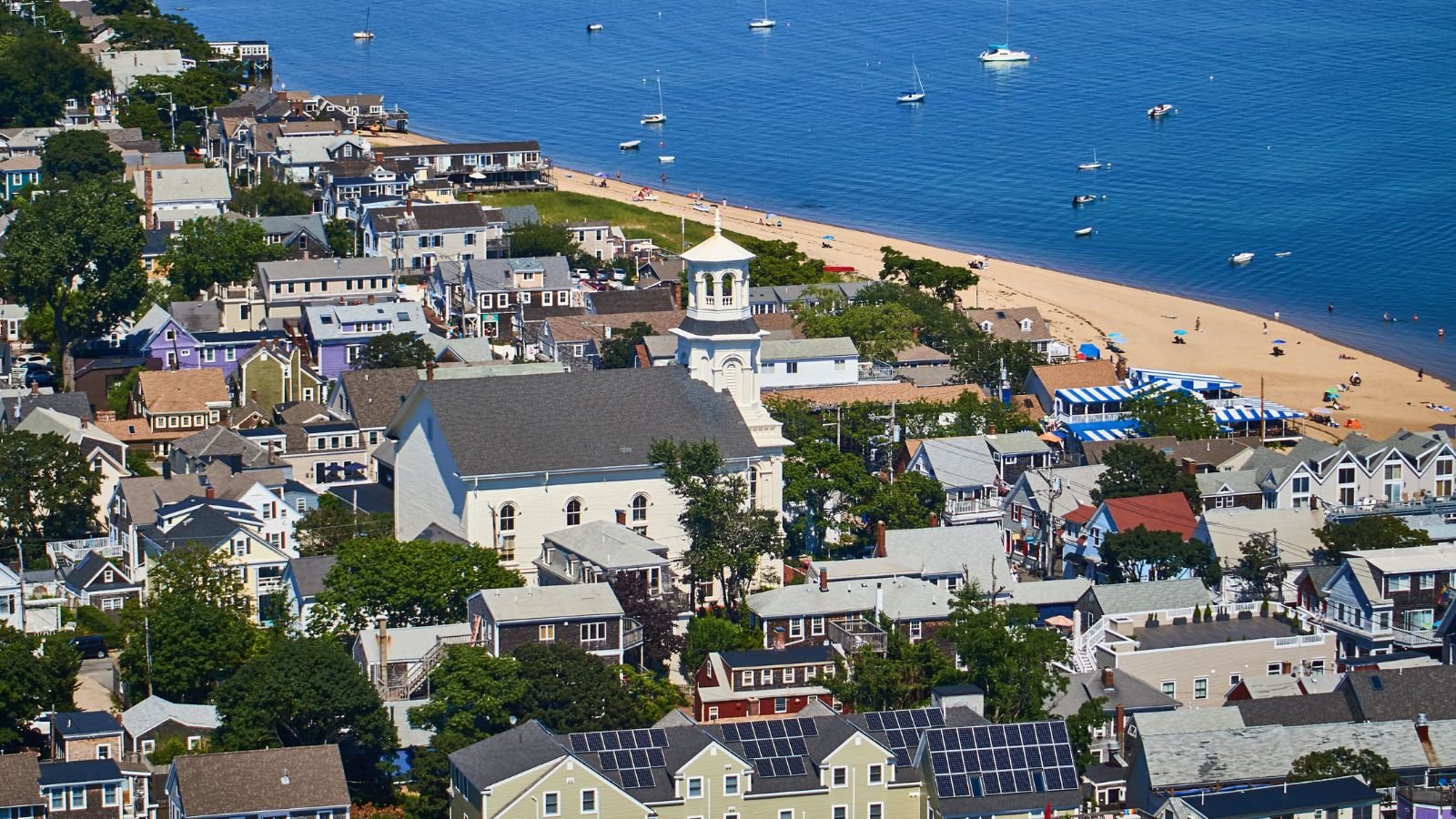
With its upscale communities and historic allure, Martha’s Vineyard offers an exclusive retreat but at a steep cost. The island’s cost of living is approximately 60% higher than the national average, with housing costs nearly double. The remote location means heat, electricity, food, and most goods are pricier due to added transportation costs. These factors make Martha’s Vineyard a costly choice for retirement, where finding affordable housing is particularly daunting, and daily expenses can quickly add up.
Long Beach, California

Long Beach, California, is a coastal city that exudes charm and vitality but also demands a high cost of living, more than double the national average for home prices. Housing costs are significant, with a typical home valued at $739,900 and a two-bedroom rental averaging $2,240 monthly. Although groceries and transportation are relatively reasonable, utilities for a modest apartment can run up to $195.09 monthly. Healthcare is close to the national average, yet the overall cost-of-living index stands at 161.7, necessitating an annual income of $141,840 for a family to live comfortably. These financial requirements make Long Beach a less feasible retirement option for those seeking affordability.
Sanibel Island, Florida

Sanibel Island in Florida offers a serene environment with beautiful beaches and wildlife but presents financial challenges for retirees. The average home value of $961,909 and a cost-of-living index 45% higher than the national average make it a costly choice. High housing costs, expensive utilities, and the necessity of off-island travel for certain services like high school education and specialized healthcare add to the expenses. These factors and natural risks, such as hurricanes, make Sanibel Island an expensive retirement option.
Isle Of Palms, South Carolina

Isle of Palms in South Carolina, with a median home cost nearing $1.5 million, has a high cost of living 12.0% above the US average and 25.4% above South Carolina’s average. The substantial housing costs, where a typical home is valued at $1,428,000, and the recommended annual income of $273,600 for a family to live comfortably make it a financially demanding retirement destination despite its appealing beaches and amenities.
Marco Island, Florida
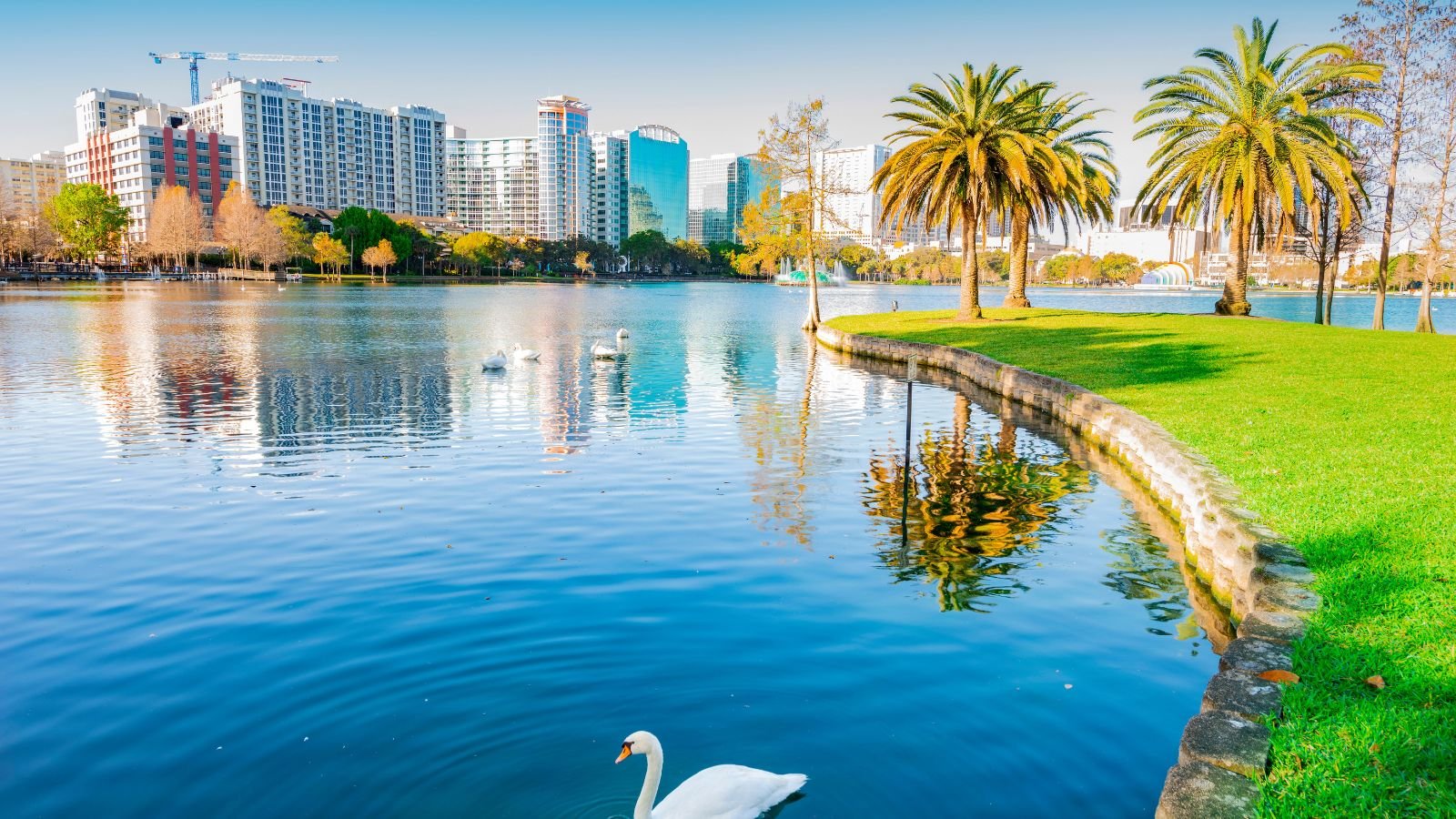
Marco Island in Florida is an expensive retirement destination with an average home value of $920,536 and a cost-of-living score of 113. The housing costs are significantly higher than national and state averages, requiring a substantial annual income to live comfortably. Factors such as limited property availability, affluent demographics, and tourism-driven price hikes contribute to the high expenses. Despite these costs, the island’s allure lies in its warm beaches and luxurious lifestyle, which continue to draw retirees to this part of the Paradise Coast.
Nantucket, Massachusetts

Nantucket is a coastal gem with a cost-of-living index soaring to 258.0, making it one of the priciest places in the US. The median home price is an eye-watering $2.5 million, and even renting a modest apartment can cost upwards of $3,322 monthly. The island’s beauty and proximity to Boston are offset by the significant costs associated with groceries, healthcare, and utilities. Retiring in Nantucket demands a substantial financial cushion, prompting those on a tighter budget to consider more affordable locales within the state.
Palm Harbor, Florida
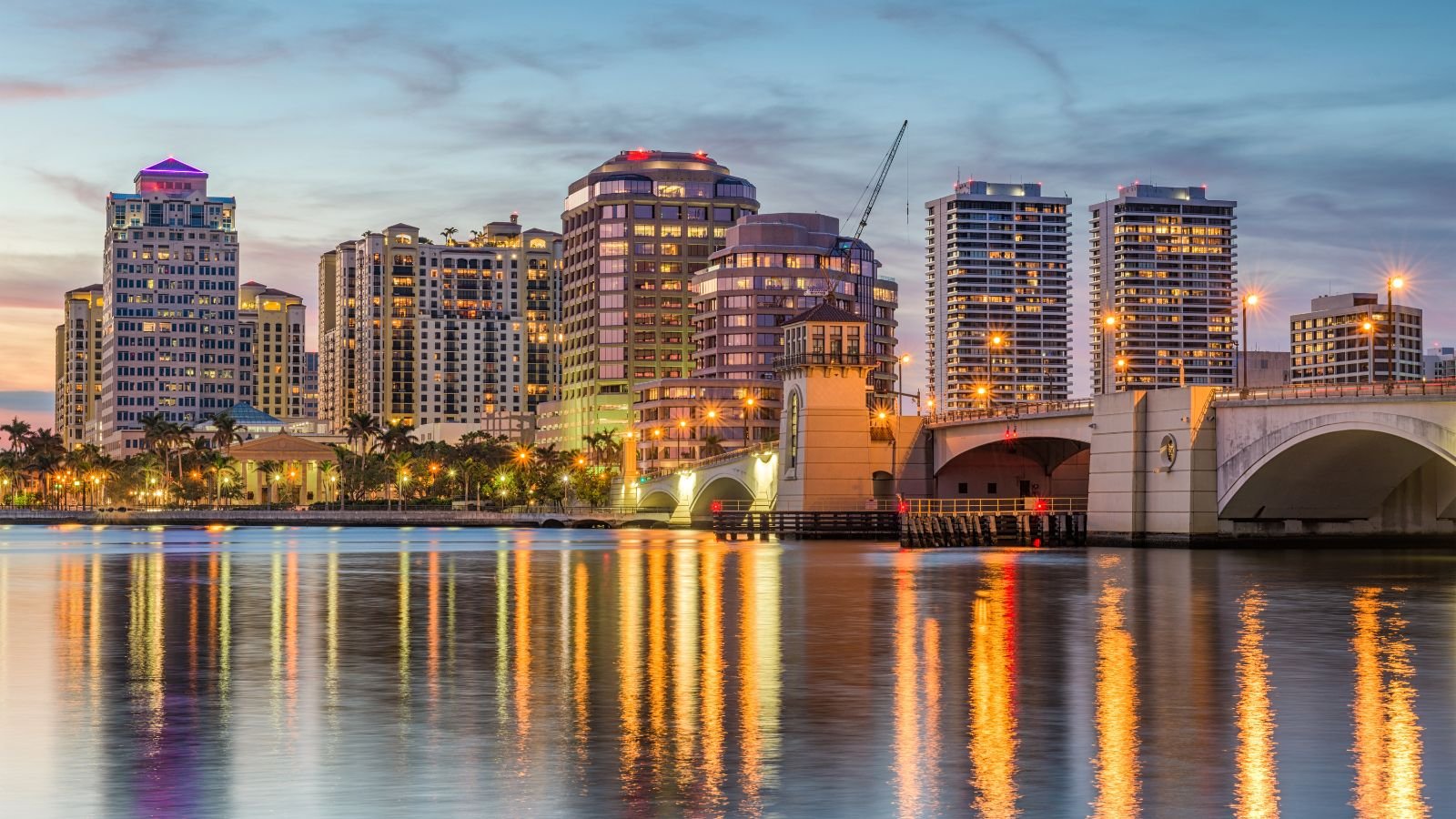
Palm Harbor, with its median home price of $445,000 and a cost-of-living index of 102.8, is becoming increasingly expensive for retirees. Housing costs alone are 26.3% higher than the national average, and even daily necessities like groceries and healthcare exceed national costs by 6.1% and 3.7%, respectively. With such financial demands, including the need for a substantial annual income to live comfortably, Palm Harbor is proving to be a less viable option for those looking to retire in a financially sustainable way.
